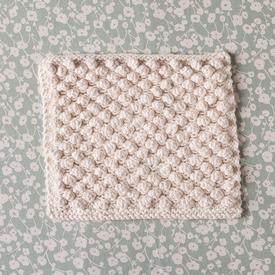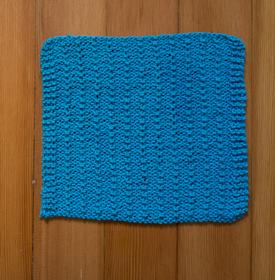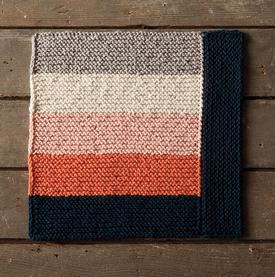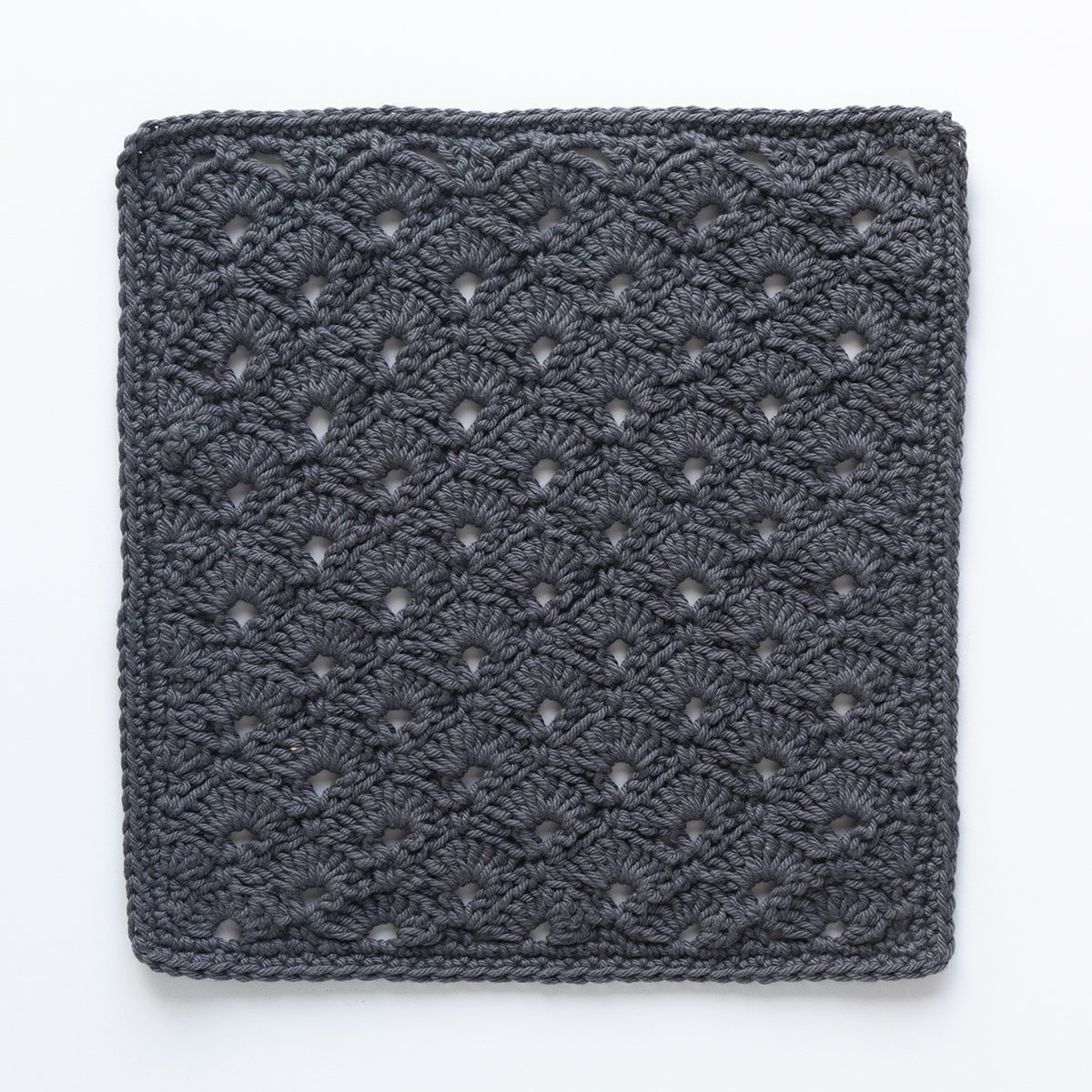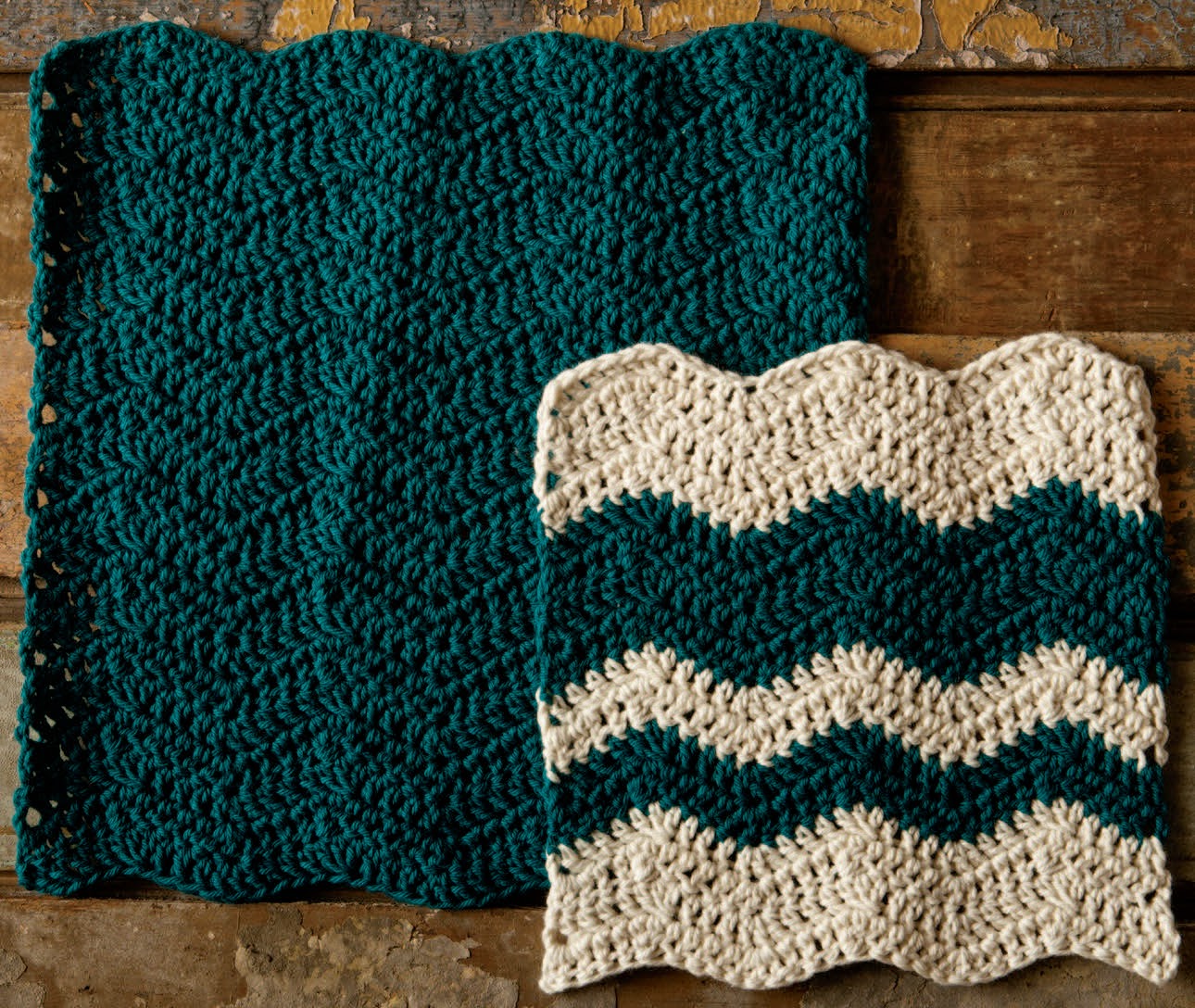Hello Everyone!
The first snow has fallen at my house and I'm just too excited for winter. Especially Skiing!
Last year I taught a little 6 year old girl how to ski and she was fantastic! I made her flash cards that helped keep her occupied on the drive to and from the mountain.
Below are the vocabulary words that helped her fully understand skiing. Please understand that some of these are simplified so that a 6 year old could understand.
Types of Skis and Their Parts
Nordic / Telemark - Free-Heel Skiing; Type of Skiing using a binding that attaches the ski to the boot only at the toe
Snowblading - Kind of skiing that uses very short skis and no poles
Cross-Country - Skiing on very flat ground with very long skis, usually for long distances
Heli-Skiing - Type of skiing where skiers are dropped off at the top of an empty slope be Helicopter
Mono-Ski - A widened ski where both feet are fastened together facing in the direction of travel
Ski Jumping - Long, wide skis built to fly; Are shaped to create cushion of air underneath the jumper
Tips - Front part of the ski
Inside Edge - Edge of the ski that points uphill or is on the inside of the turn
Edge - Metal strip that runs down each side of a ski; It allows skis to grip the snow during turns
Tails - Back part of the skis
Binding - The device that attaches your ski boot to your ski
Rules
Right of Way - The downhill skier has the Right of Way
Signs - Obey all signs and markings
Climbing - Always keep to the side of the run when climbing
Assistance - In an accident, offer help & alert the rescue service
Stopping - Only stop on the edge of the run or where you can be seen
Respect - Do not endanger others; Only ride on runs that you can cope with
Entering & Starting - Look up & down the mountain each time before entering a run
Control - Yourself; Your equipment
Overtaking - Leave plenty of space between you and the slower skier
Progression Moves
Side Stepping - walking up sideways up a hill with skis on
Snowplow - Pizza / Stop / Slow down; The tips are close together (but not touching) and the tails are far apart
Parallel Skiing - French Fry; A technique where you ski with the tips and tails are equal distance apart
Carving - Digging the edges of your skis into the snow so they son't slip sideways
Traversing - Skiing across a slope instead of down it; Zig-Zag
Neutral Stance - Basic position for every skier; Stand evenly on your skis without putting extra weight on any part of your boot or skis
Competition and Park -
Slalom - Event where gates are set closest together. Racers have to combine speed with skill to weave in and out of the gates down the slope
Biathlon - An event that combines cross-country racing with target shooting
Downhill - Fastest & most dangerous of the ski racing events; Also known as Alpine ski racing; Some racers exceed speed of 81 mph
Ski Jumping - Skiers launch themselves from specially built ramps to see who can travel farthest through the air; Some jumpers can cover over 325ft before landing
Cross Country - Long distance ski races normally over flatter ground
Giant Slalom - A cross between a downhill race and a slalom race
Park - Designated area specifically for freestyle, jumps & features
Half-Pipe - A U-Shaped jump of which both side walls are used to project the skier into the air
Hit - A raised area of snow used to jump off
Rail - A metal or plastic rail for skiers to slide along
Mogul - A mound of snow
Other
Fresh Groomed Snow - Snow that has been groomed by a piste basher
Slush - Partially melted snow or ice
Powder - Loose, usually fresh snow that is not granular, wet or packed
Resort - A place where people come to ski; they tend to have lifts, restaurants and other facilities
Icy Snow - Hard snow that has frozen solid, Very slippery
Trail - Run; Marker route down the mountain for skiers
Green Circle - Beginner level run
Types of lifts - Chair Lift; Magic; Cable Cars; Drag Lift
Blue Square - Beginner / Intermediate level run
Black Diamond - Intermediate / Advanced level run
Double Black Diamond - Advanced level run
Hypothermia - Condition of having an unusually low body temperature (Below 95*)
Avalanche - Sudden movement of snow down a mountainside
Carbohydrate - Food that the body uses for energy
Crevasses - Deep cracks in ice or rocks
Fall Line - The direction that a rock would travel if you rolled it down a slope; Usually straight downhill
If you have any additions please feel free to comment and add them!
Thanks,
Kim

